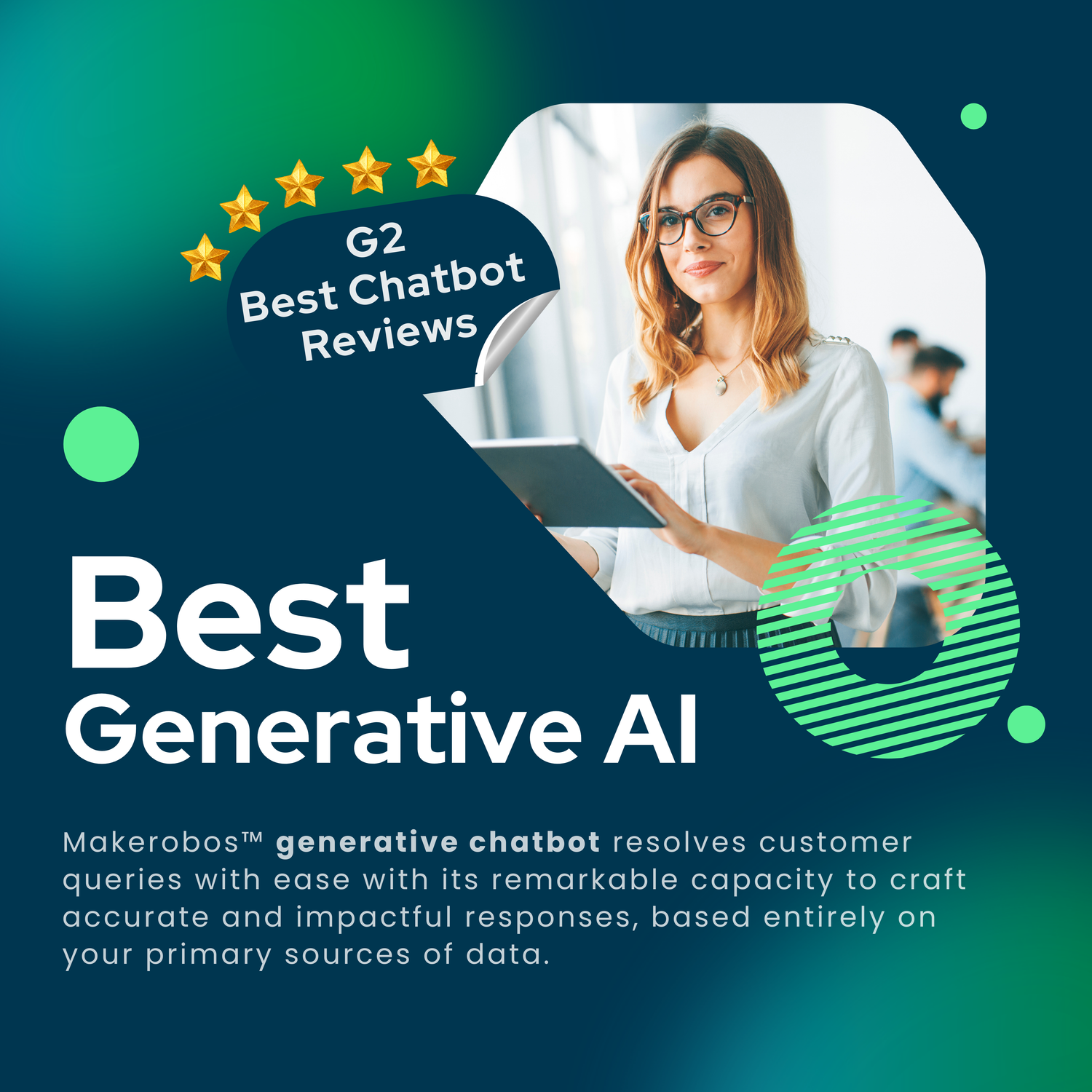“Conversational AI is the most sophisticated class in the family of chatbots”
It’s important to grasp why trendy AI chatbots (also called conversational AI or AI agents) disagree greatly from first-generation (rule-based) chatbots. The primary chatbots adopted by firms were based on tight rules and rigid call trees that always resulted in to frustrating user experiences. On the opposite hand, modern AI chatbots are more forgiving when it involves following strict rules, enabling users to have interaction naturally in language.
More firms are looking into virtual assistants and conversational interfaces to supply anytime, anyplace client support. So, it’s vital to own a transparent understanding of various technologies. That’s as a result of the scope of a conversational agent initiative and also the end-user is immensely different. Rules-based chatbots are restricted to terribly basic eventualities. On the opposite hand, AI-powered virtual assistants area unit capable of participating in natural language understanding, taking part in 1:1 conversation, thanks to machine learning, deep learning, and conversational experience.
Companies should make sure that they’re adopting the correct technology for their business and their customers. This can be as a result of the client experience plays a vital role in client shopping for choices and loyalty.
What is conversational AI?
Unsurprisingly, we’ve a great deal of fine things to mention concerning conversational AI.
Conversational AI performs multi-turn conversations and executes judgment-intensive tasks a bit like humans. As chatbots did not deliver on expectations, the enterprise market, especially, has turned towards conversational AI platforms, particularly in advanced use cases like banking, insurance, and telecommunications.
What specifically separates a chatbot from conversational AI? we will break it down a few of ways:
It will speak, text, and chat: conversational AI ought to be on the market on voice, text or net, and it ought to be omnipresent and seamless across channels. It is on the market through Alexa, Google Assistant or maybe your company enterprise portal. Actually, omnichannel interactions are the longer term, and that they ought to be a priority for your business.
It will learn: A conversational AI resolution ought to be ready to use the extensive history available from existing enterprise interactions, together with chat and voice transcripts, transactions and different pre-existing corpora of enterprise knowledge to find out. What’s more, you wish AI which will converse, suggest, recommend and interact supported these learnings.
It will understand: Beyond chatbot capabilities, informal AI ought to perceive advanced sentences of human speech within the same method humans do. Real human spoken language isn’t easy — it’s filled with imperfections consisting of slang, multi-string words, abbreviations, fragments, mispronunciations and a bunch of different problems. conversational AI could be a kind of technology which will be used to both navigate and comprehend these give-and-take interactions.
It knows: By integration into your enterprise systems, conversational AI should understand who you’re. It will reference the previous transactions created by you and take a look at to mend things. It will then use this history to form current interactions smoother, troubleshoot or solve problems in client service, IT or invoice process.
It will transact: conversational AI is secure and may support refined enterprise security concerns. It may be used to complete advanced transactions, exchange humans beyond a mere shopping cart click. samples of transactions that true conversational AI will manage all buying life insurance, process a healthcare claim, troubleshooting Wi-Fi problems or approving a provider invoice.
What is a Chatbot?
A chatbot is an artificial intelligence (AI) driven program that may generate a voice communication (or a chat) with a user in language through electronic messaging applications, websites, mobile applications or by phone, sometimes through totally different mediums.
For an example, to shop for some shoes from the local outlet, you’ve got to access their web site, realize what you’re searching for and buy it. but if that store had a bot, it’d solely be necessary to write down a message to the brand through Facebook and tell them what we would like. And if you had doubts concerning size measurements you may get answers to your problem in a moment
Chatbot applications generate interaction between humans and services, rising client expertise. Simultaneously they provide firms new scopes to boost the method of client engagement and operational potential by decreasing the particular cost of client service.
“What separates a chatbot from a lot of advanced AI solution? “
Chatbots are primarily natural language text exchangeable platform that are made using rules that encourage canned, linear-driven communications. They’re usually simple to create and navigate by predefined flows. As an example, rather than clicking on a menu of selections or speaking planned commands, you’ll be able to sort or speak as if you were having a standard speech communication in natural language.
As we have a tendency to like previously expressed choices, chatbots primarily contains canned, linear interactions primarily based around pre-determined flows of conversation. This needs specific request input and extremely very little flexibility for the bot’s understanding of the conversation.
Chatbots have specifically-designed conversation flows and are usually not ‘smart’ enough to utilize previous conversations to ascertain discourse info. As a result, each interaction with a chatbot can appear a lot of or less a similar, because the chatbot won’t have fully grown, developed, or learned in between conversations.
Conversational AI v/s Chatbot
Conversational AI is manifested in some ways, however the utilization of chatbots has exploded as a result of individuals prefer to have interaction with AI in an exceedingly human means (think Google Home, Alexa, and alternative virtual assistants for your home). Because of this reason, conversational AI and chatbots go parallelly. We tend to like to move with AI instead of fill out forms or seek for answers on our own.
But not all chatbots are created equal. There is a massive distinction between a standard written chatbot vs conversational AI.
Traditional written chatbots might claim to own conversational capabilities, however humans will have to write scripts and dialogues behind the scenes, while the human need to feed actual keywords and train the bot for each predictable situation. If the user’s input does not match the keyword phrases the chatbot is programmed to recognize, chatbot won’t be ready to deliver one of its canned responses. That may get very frustrating soon. And it puts plenty of work on the owner of the chatbot. Without conversational AI, you may continuously get to write new “conversations” to make sure you are meeting user experience expectations.
A real AI chatbot conversation needs conversational AI. Think about conversational capabilities because that is the glue that holds individual utterances together. In conversation, humans keep in mind what they are talking about from one response to following. Likewise, a conversational AI chatbot will retain context throughout an entire speech communication, as a result of conversational capability is built into the package — no one wrote a script to create it look like the bot will have conversation. Once you have a real conversational AI enabled chatbot, it’s the existing capability to have interaction in replies regarding any topic — you only provide it the info to make the conversation.
Takeaway
We genuinely assume that these two technologies are quite understandable by now. When these two technologies join hands together, they can enhance customer involvement & customer experience, which adds significant value to enterprises’ good will & users.
Intelligent conversational platforms are the best method for organizations to move with devices, services, users, providers and employees all over. The fast strides in AI and conversational solutions create it possible to hold on distinctive conversations with stakeholders at scale, delivering progressively satisfying experiences that drive engagement and loyalty across a good style of business functions.
From the above all conversation, you got to know the difference between Chatbot and Conversational AI.


